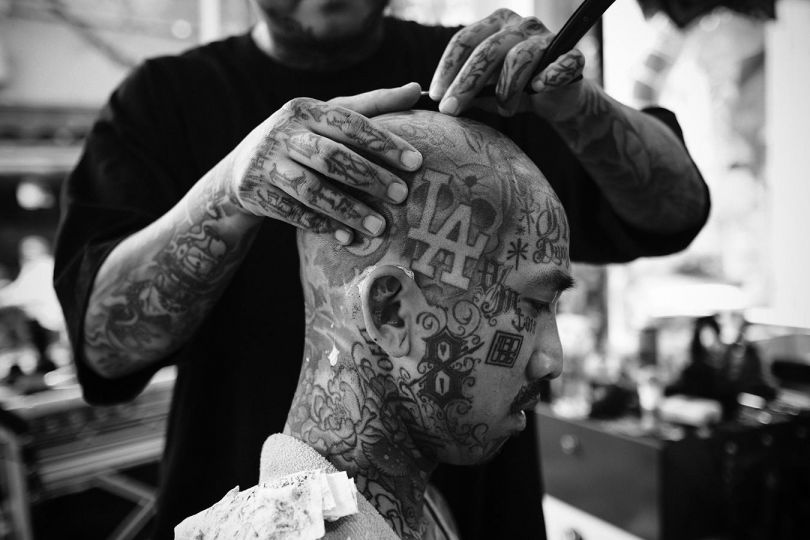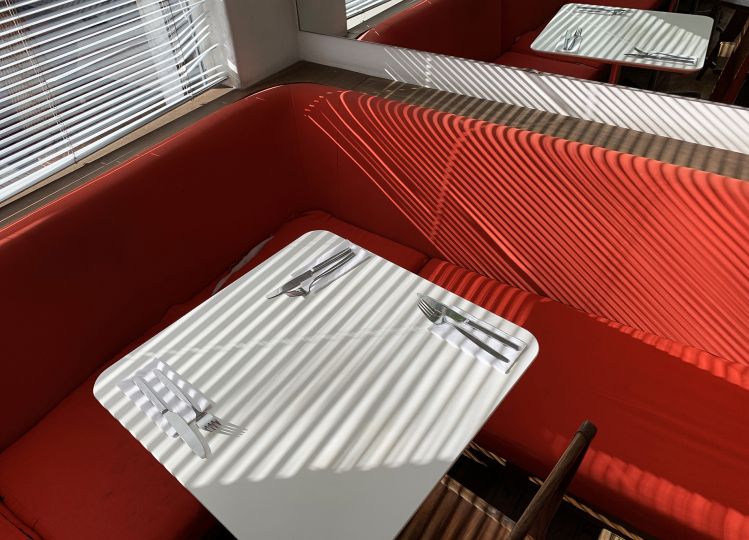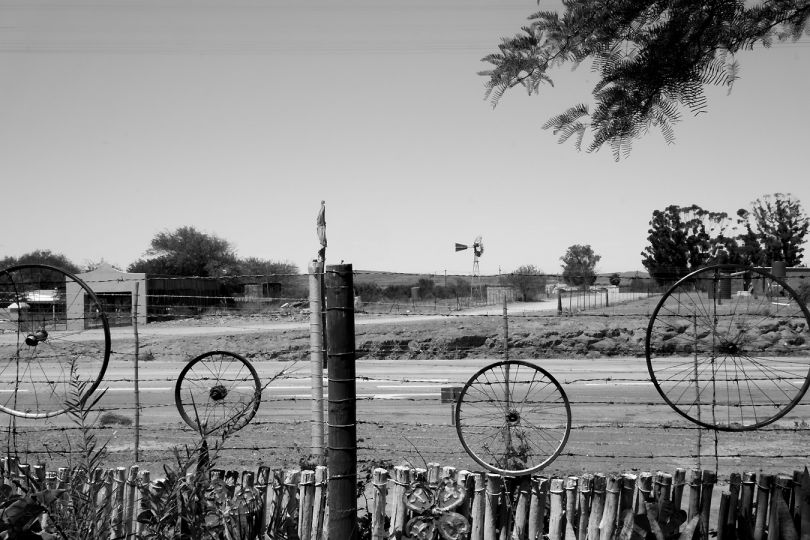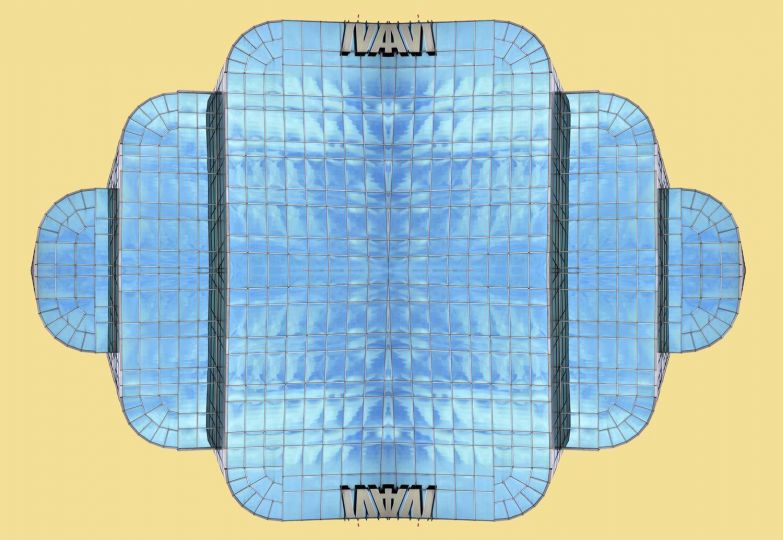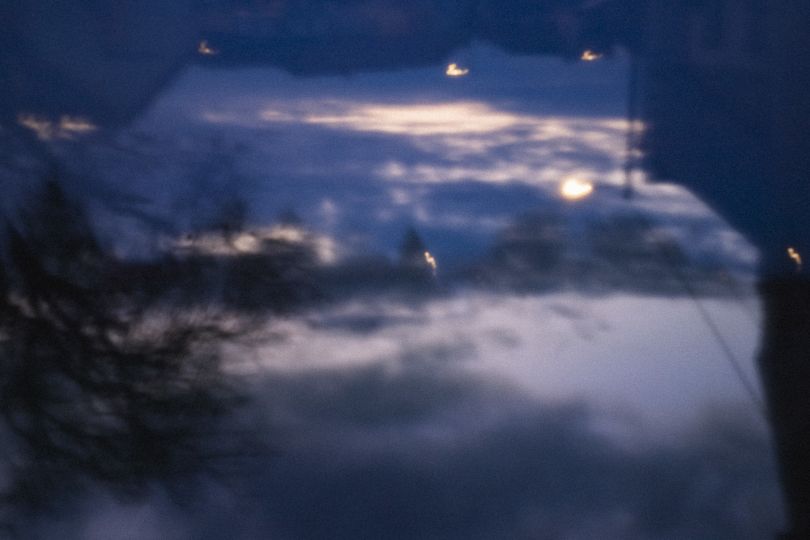I suspect the concept for my project started when I was camera-less (and clueless) about forty-some years ago. I was ten years old, on a family road trip from Chicago to the Navajo and Hopi reservations in the Desert Southwest. My father was a collector of Native American art, and I went along for the ride.
***
My project is devoted to the welfare, beauty, and uniqueness of a Native American culture. Specifically, I wish to bring attention to the value and elegance of the Navajo people. With the growing popularity of the Internet and Social Media, and as a result of pervasive marketing efforts by Corporate America, the Navajo youth are drifting from their traditional ways and are often tempted to seek unlikely wealth and glorified lifestyles in larger cities—only to later see their dreams fade.
For my storytelling I chose the ancient medium of wet-plate collodion tintype photography. This process merges the aesthetics of a venerable, traditional photographic process with those of a time-honored people.
In September 2017, I was awarded an Artist-In-Residency at Hubbell Trading Post National Historic Site. I returned to Hubbell to continue my work in October 2018, and I intend to go back again in 2019. Established in 1878, the Trading Post is located in Ganado, Arizona, thirty miles from Window Rock—the Navajo Nation headquarters. The Post is still active and is operated by a nonprofit organization for the National Park Service. It is one of the few trading posts still in existence and continues the trading traditions started by the Hubbell family 140 years ago. To this day, it remains a hub of Navajo life.
My initial intent was to photograph the Navajo people in modern day life, outside from the big-box outlets, the Walmarts, gas stations, churches, and grocery stories. I wanted to show what I believe to be the marks of an ongoing cultural extinction: people in sweatpants and brand-name tee-shirts; people who “stumble on” while the heart of their culture slowly dies, leaving them shells of their former selves; people who ironically become faint shadows of those they strive to imitate in the commercialized world…. However, something entirely different happened: after gaining the trust of the Navajo people (which took time and diligent efforts as the Navajo don’t generally like to be photographed), they approached me and asked to be photographed in their traditional clothing and jewelry. A very proud people, their dignity shined. This view into a beautiful ancient culture drove my decision to employ a traditional photographic process, and to use an old wooden 8×10 Deardorff View Camera and a French brass Petzval lens made in 1870.
Wet-plate photography is unpredictable due to the nature of the chemistry used. The favored method for making tintype portraits is in a studio, but that did not fit with the concept I had in mind. The process is extremely difficult to use outdoors and required the construction of a portable darkroom the size of a large suitcase, converted from a Pelican case. Using this setup, I seek to photograph my subjects in their natural environment. I also welcome the flaws and anomalies inherent in the process, as I believe they enhance the images and make each of them a one-of-a-kind piece of art. Each plate is distinct because of the pouring technique (done by hand), and the sometimes-unpredictable reaction of the chemistry. The resulting plates have a dreamy, impressionistic quality that is very difficult (if not impossible) to replicate using digital technology, and that enables me to render the raw intrinsic beauty of my subjects—something the Navajo so justly deserve.
As the Navajo say, Walk in beauty.








